-
A few days ago marked the birthday of Ana Mendieta, a visionary Cuban-American artist whose work resonates deeply with me. Today, I honor Ana Mendieta by sharing her story and celebrating the works that have profoundly moved me. Her art not only bridges the material and spiritual worlds but also challenges us to reexamine our relationship with the earth and with each other.

© The Estate of Ana Mendieta Collection, LLC, vía Galerie Lelong & Co.v
Mendieta’s artistry bridged the realms of body art and land art, leaving the imprint of the female form on the landscape and extending the language of sculpture into the natural world. Her profound connection with elemental materials such as earth, water, and tree bark reflects a mythical and spiritual relationship with nature, creating a dialogue that feels both timeless and transformative.
She was a pioneer, not only as a woman artist but also as an explorer of ancient myths and prehistoric art. She found inspiration in the omnipresence of the feminine and its deep-rooted connection with nature—an aspect she believed was central to the artistic practices of indigenous and European cultures of the past. Her work often explored themes of creation, faith, and femininity, bringing these ideas to life through natural materials like clay, grass, flowers, and branches.

Ana Mendieta, Imágen de Yágul, 1973/2018. Color photograph. © The Estate of Ana Mendieta Collection, LLC. Courtesy Galerie Lelong & Co.
One of her most inspiring series for me is Siluetas, a collection of sculptures and imprints crafted from natural elements. These forms evoke a sense of unity between the human body and the earth, embodying creation myths and highlighting the interconnectedness of life. Mendieta’s work also underscores the parallels between the exploitation of nature and the oppression of women. Both are treated as inferior, as commodities to be owned, used, and discarded—a stark truth that Mendieta boldly illuminated in her art.

Untitled: Silueta Series, Iowa

Ana Mendieta. Untitled: Silueta Series, Iowa From Silueta Works in Iowa, 1976-1978, 1976-78. Color photograph. © The Estate of Ana Mendieta Collection, LLC. Licensed by the Artist Rights Society (ARS), New York
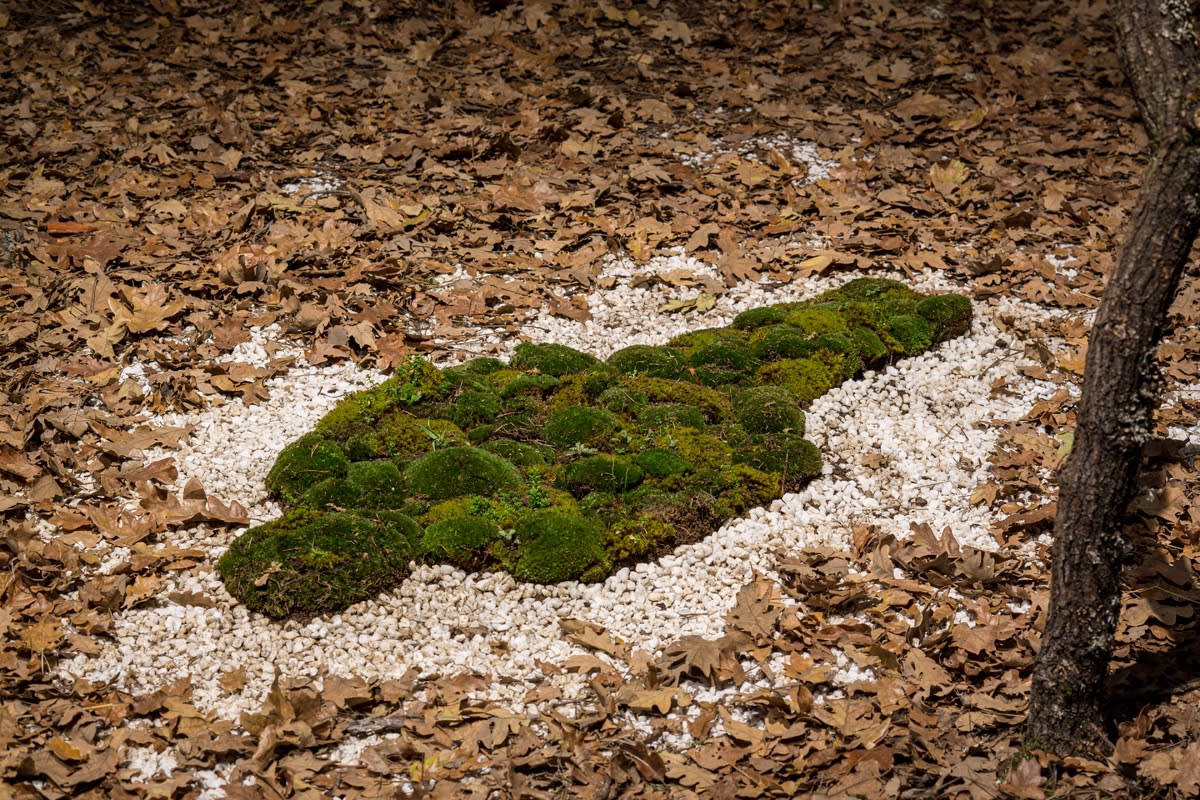
Exhibition View: “Ana Mendieta. In Search of Origin,” MUSAC, 2024. Untitled: Silueta Series, 1978/2024 (detail) © The Estate of Ana Mendieta Collection, LLC. Courtesy of The Estate of Ana Mendieta Collection, LLC and Galerie Lelong & Co. / VEGAP, Madrid, 2024.

Ana Mendieta, Sandwoman, 1983 (Estate print 2018) Black and white photograph Edition of 6 with 3 APs (GP2322) © The Estate of Ana Mendieta Collection. Born in Havana, Cuba, in 1948, Mendieta emigrated to the United States as a child. Her early experiences of displacement deeply influenced her practice, infusing it with themes of belonging, identity, and spiritual reconnection with the earth. Though her life was tragically cut short in 1985, her legacy continues to inspire generations of artists.
-
The Fondation Cartier in Paris is currently celebrating the extraordinary career of Olga de Amaral, a pioneering Colombian artist who has redefined the possibilities of textile art. This retrospective highlights Amaral’s innovative approach to weaving and her ability to transform materials like linen, horsehair, gesso, gold leaf, and palladium into monumental, sculptural works that transcend traditional boundaries. Spanning over six decades, the exhibition explores nearly 80 pieces that reflect her mastery of color, texture, and form, as well as her deep connection to Colombia’s cultural heritage and pre-Columbian traditions.

Exhibition view © Olga de Amaral - Picture © Marc Domage
As a Latin American artist and woman working with textiles, Olga de Amaral’s story resonates deeply with me. Her journey mirrors the challenges many of us face in a medium often dismissed as craft or decorative. Yet, Olga shattered these perceptions, elevating textiles into the realm of fine art and inspiring generations of artists, including myself.
Her layered creations evoke geological strata or abstract maps, drawing from Colombia’s landscapes and cultural memory while remaining boldly contemporary. This duality—the ability to honor tradition while pushing creative boundaries—is profoundly inspiring. It reminds me that as artists, our work is more than creation; it is an act of preserving and transforming the stories, traditions, and landscapes that shape us.
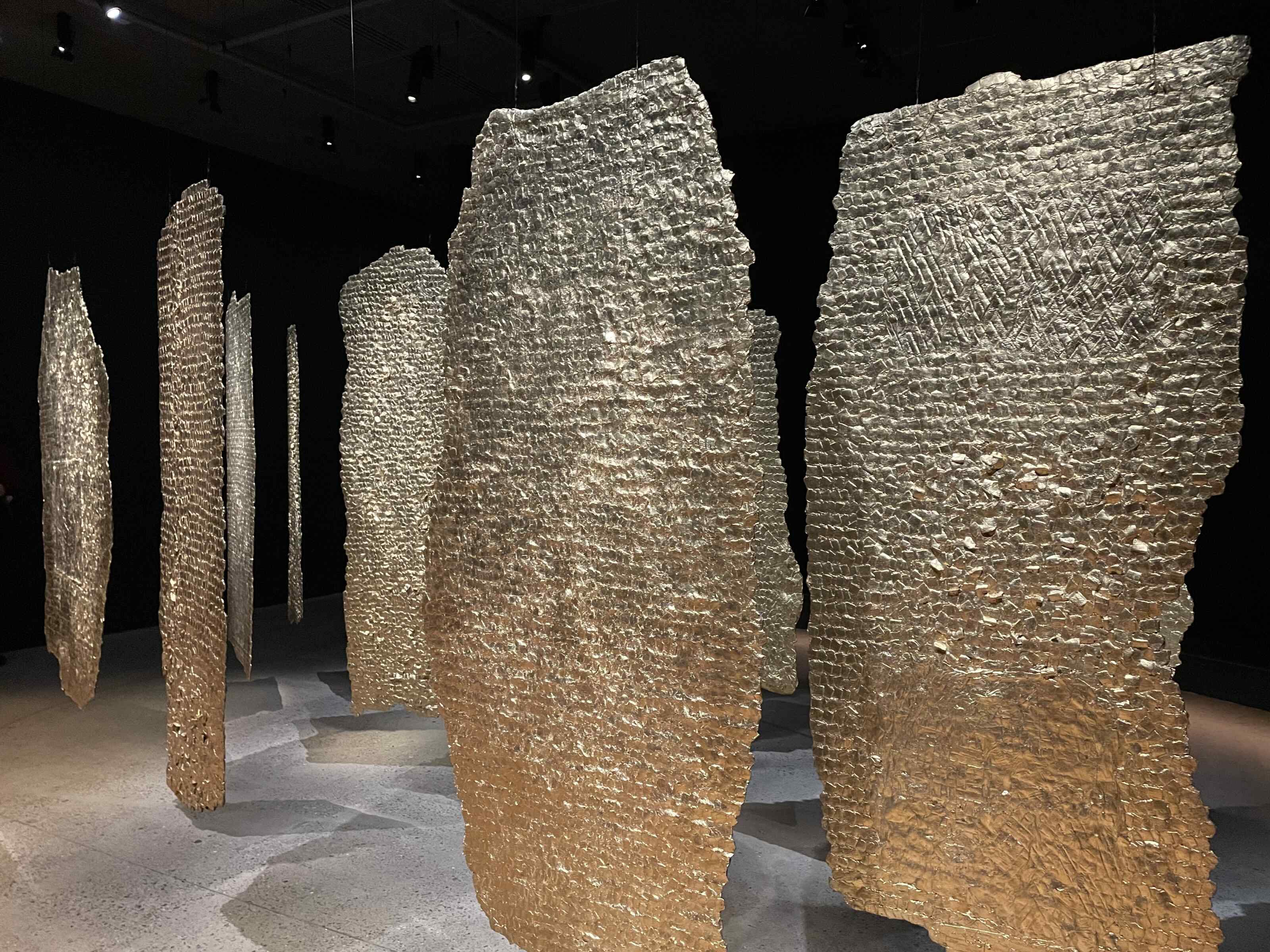
Exhibition view © Olga de Amaral - Picture © Arts in the City
Amaral’s pivotal role in the Fiber Art movement challenged the status quo, breaking free from the constraints of "women’s work" and positioning textiles as a legitimate and bold art form. Her work defies categorization, standing alongside the avant-garde contributions of contemporaries like Magdalena Abakanowicz and Sheila Hicks. By foregrounding textile art’s ties to feminist and emancipatory movements, Amaral showed the world the power of weaving—not just as a physical act, but as a metaphor for connection, resilience, and transformation.
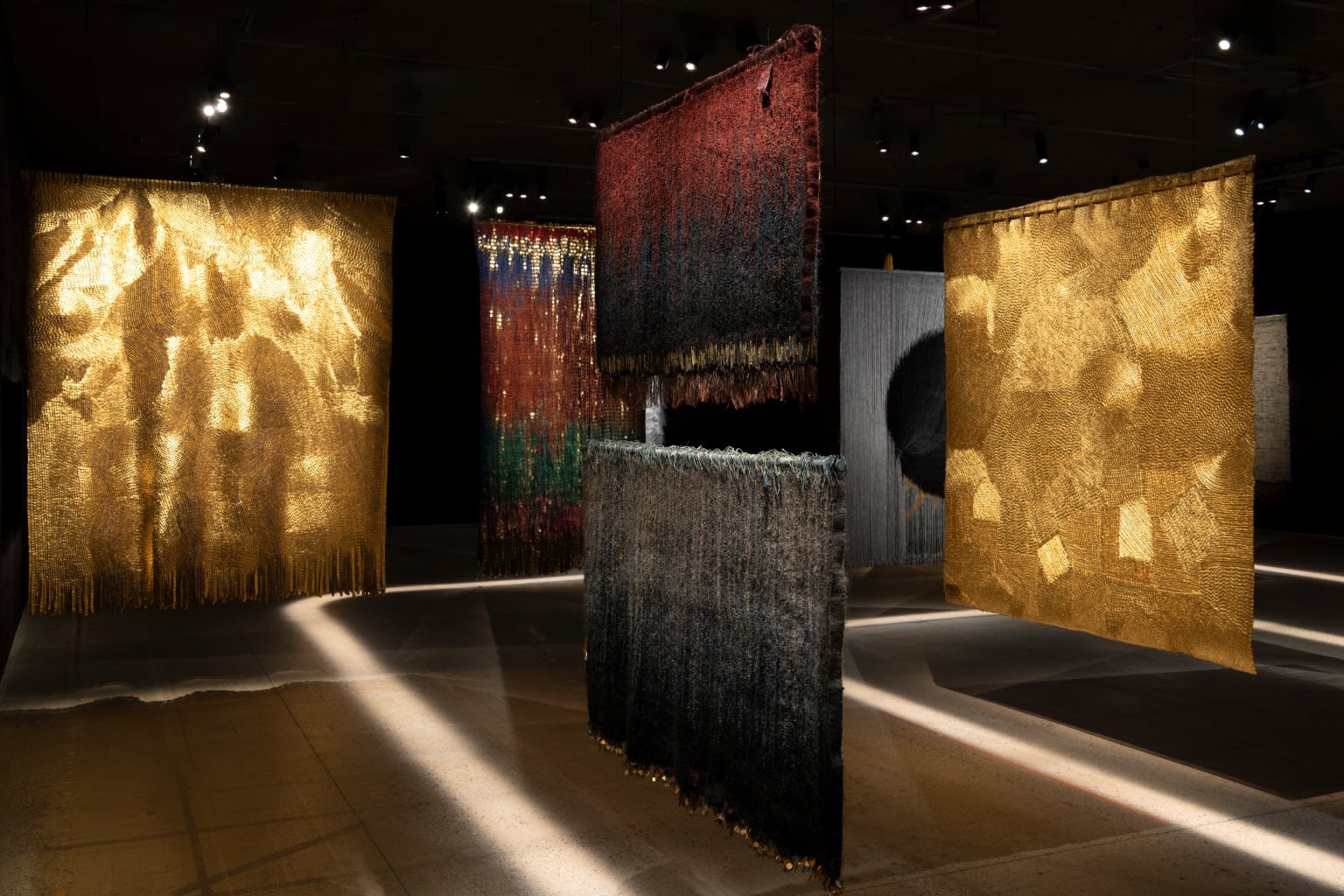

Exhibition view © Olga de Amaral - Picture © Arts in the City
For me, Olga de Amaral represents what it means to persevere and create against all odds. Her work is a space for contemplation and rebellion, where every thread resonates with individuality and as part of a greater whole. Through her art, she has not only transformed textiles but has also given women in the arts a legacy of boldness and possibility.
This exhibition is a tribute to her enduring impact and a reminder of the limitless potential of our medium. Olga de Amaral’s story is one of beauty, strength, and transformation—a beacon for Latin American artists and women in the art world.

Olga de Amaral at Casa Amaral, Bogotá, Colombia, 2005
-

Today I wanted to dedicate this post to what still is, personally, the ultimate dream house: The Eames House (also known as Case Study House No. 8)
-
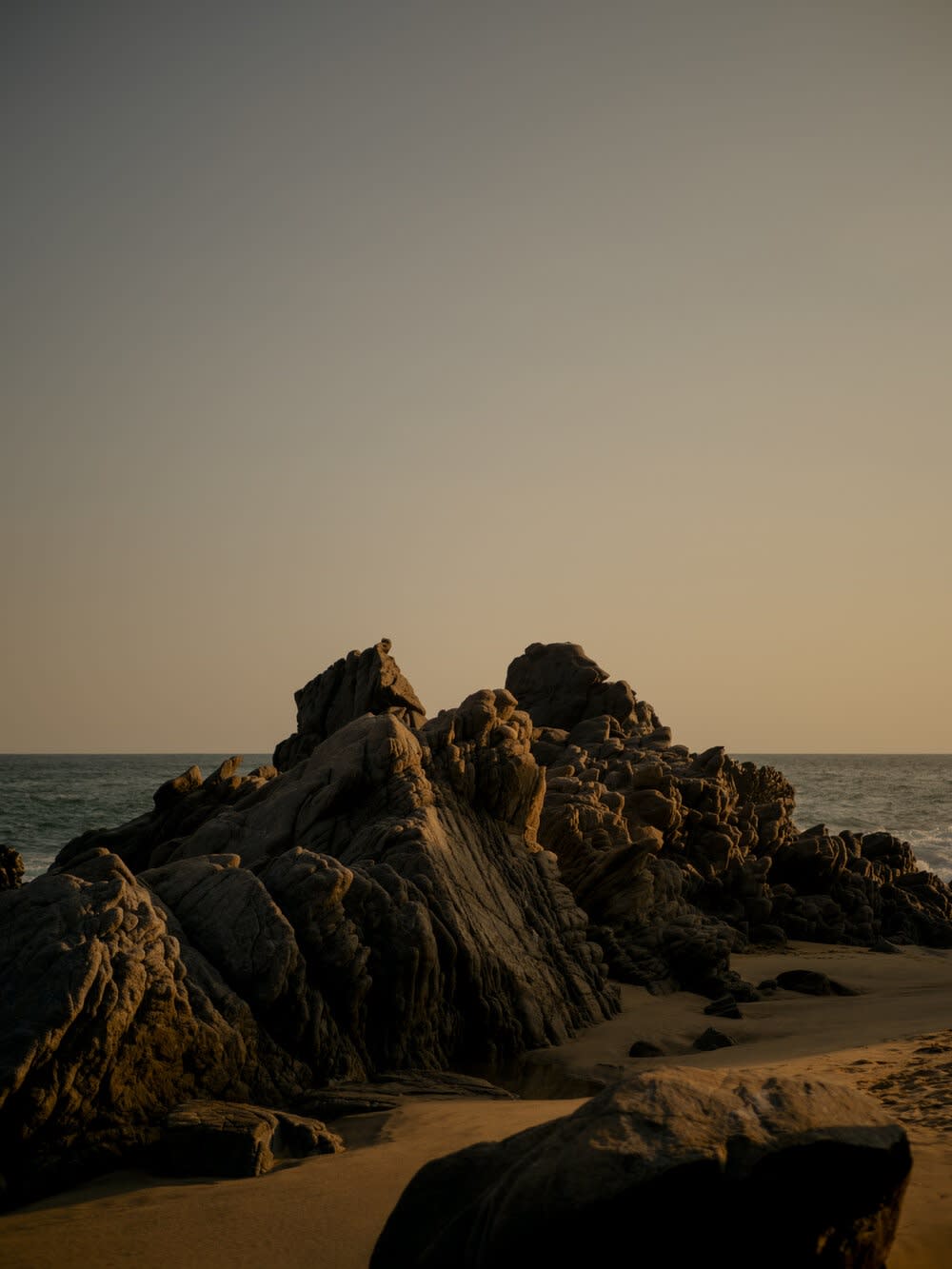 Courtesy of Pol Rodriguez ® All Rights Reserved 2021I'm the Mother of you all,
Courtesy of Pol Rodriguez ® All Rights Reserved 2021I'm the Mother of you all,
The air in every breath you take,
The magic in the seed that grows,
I am in everything you make,
I'm part of you,
You're part of me,
I'm the sun, moon, stars and sea,
I'm the wind blowing through your hair,
The clouds racing through the air,
I'm the water quenching thirst,
The food keeping you alive,
I'm a million different species,
All this beauty for your eyes,
I'll forever be your home,
Fight not for owns part of me,
I'm a home for every soul,
Here, now, eternally.
Poem by Kelly Jayne
Photo by @the.polf
On your day, Mother
I honour you
Paula -
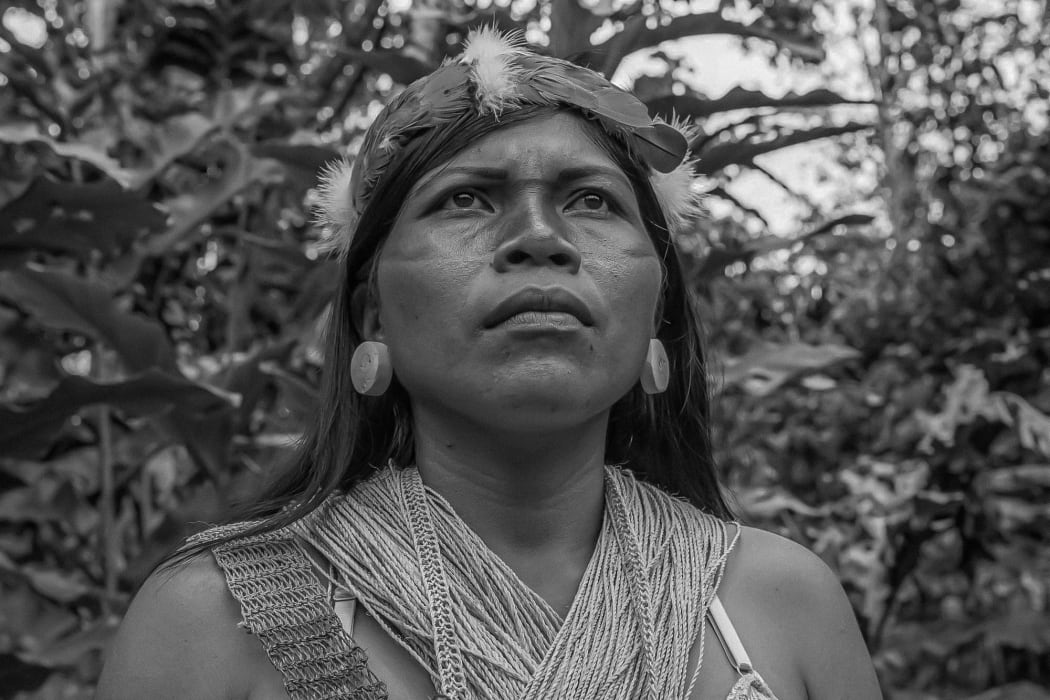
Nemonte Nenquimo, a leader of the Waorani tribe in the Ecuadorian Amazon, has committed herself to defending her ancestral territory, ecosystem, culture, economy, and way of life.
She is the first female president of the Waorani of Pastaza (CONCONAWEP) and co-founder of the Indigenous-led nonprofit organization Ceibo Alliance.
In 2020, she was named in the Time 100 list of the 100 most influential people in the world, the only Indigenous woman on the list and the second Ecuadorian to ever be named in its history. In recognition of her work, in 2020 the United Nations Environment Programme gave her the "Champions of the Earth" award in the category Inspiration and Action. She was also on the list of the BBC's 100 Women announced on 23 November 2020. In 2020, Nenquimo was one of six environmental leaders to be awarded the Goldman Environmental Prize.
"This is my message to the western world – your civilisation is killing life on Earth."
"You are probably not used to an Indigenous woman calling you ignorant and, less so, on a platform such as this. But for Indigenous peoples it is clear: the less you know about something, the less value it has to you, and the easier it is to destroy. And by easy, I mean: guiltlessly, remorselessly, foolishly, even righteously. And this is exactly what you are doing to us as Indigenous peoples, to our rainforest territories, and ultimately to our planet’s climate.
It took us thousands of years to get to know the Amazon rainforest. To understand her ways, her secrets, to learn how to survive and thrive with her. And for my people, the Waorani, we have only known you for 70 years (we were “contacted” in the 1950s by American evangelical missionaries), but we are fast learners, and you are not as complex as the rainforest."
Indigenous peoples hold the solutions and wisdom needed to solve our climate crisis. But as Nemonte says, “We can’t do this alone. I would like the world to take action in this struggle. Don’t expect Indigenous peoples to do this on our own. We need everyone to join with us to protect the Amazon. If we all unite, we can change the future for the next generations”.
That’s where people power comes in. It’s going to take a global movement to provide the backing that Indigenous peoples need to succeed in protecting life-sustaining ecosystems against billion-dollar industries, governments, and financial institutions that are hell-bent on profit over life. And it’s going to take each and every one of us to do our part, no matter how big or small, to turn the tide on the climate crisis. Only by banding together between peoples from all walks of life, can we put into practice “respect for Mother Earth”, as Nemonte says, which is the starting point for solving our planetary crisis.
How can we – people raised in the cities of western civilization – best support the struggles of indigenous peoples?
Support frontlines Indigenous communities by donating to the Amazon Frontlines, a non-governmental organization (N.G.O.) that works with the Waorani and other indigenous groups on sovereignty and environmental issues.